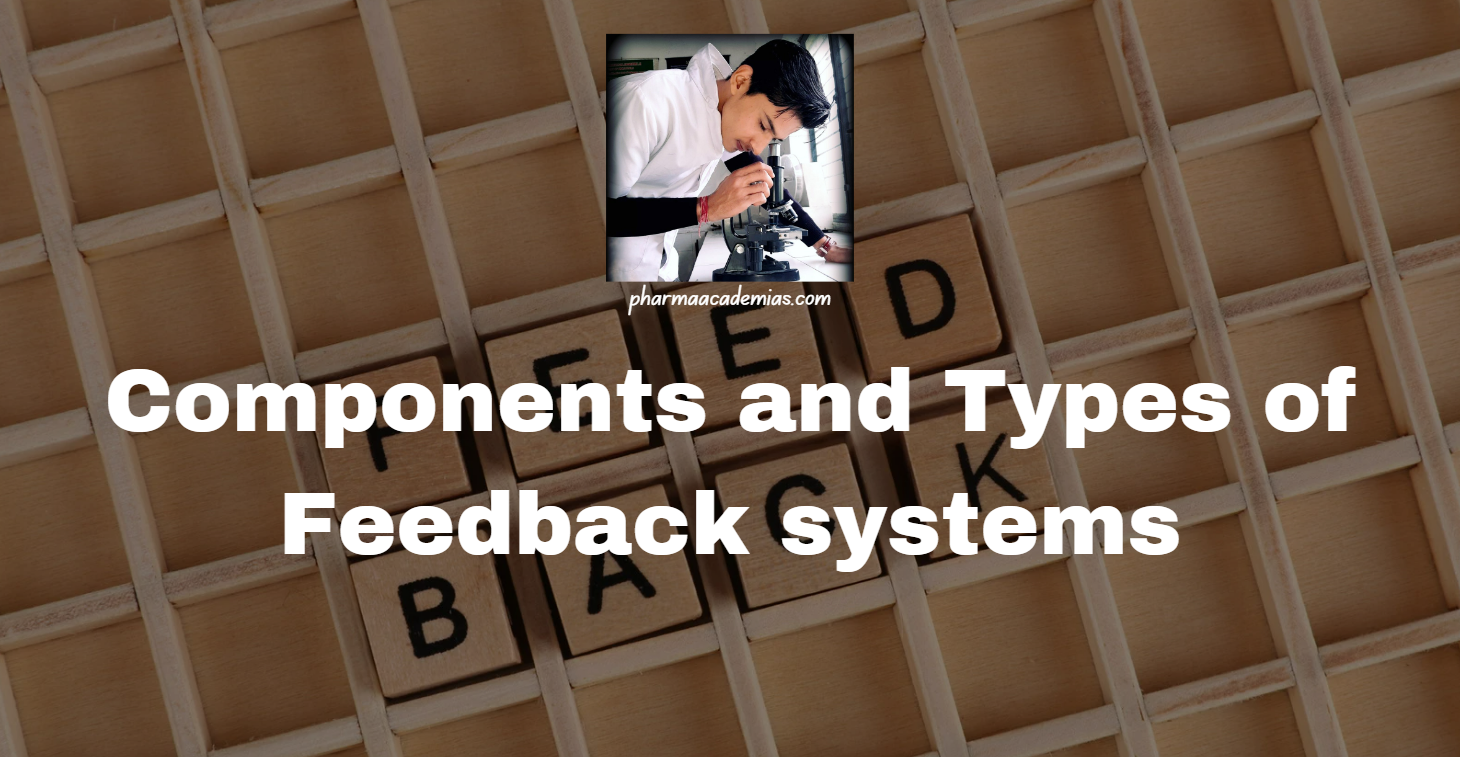Adaptation refers to process by which a system seeks to restore or maintain homeostasis. Adaptive mechanism may also be referred to as compensatory mechanisms, homeostatic mechanisms, control and regulatory mechanism. Although adaptation may be physiological, psychological, behavioural, in system’s terminology adaptive mechanisms are examples of feedback to the system and may be represented by either negative or positive feedback loops.
A. Negative Feedback Loops
Negative feedback loops are essential for maintaining homeostasis by counteracting disruptions. For instance, if hemorrhage causes a drop in blood pressure, sensors in blood vessels trigger neural responses that increase cardiac output and constrict blood vessels, raising blood pressure back to normal.
Temperature Control: The hypothalamus and skin thermoregulators maintain body temperature. When it’s cold, the hypothalamus releases TRH, prompting the pituitary gland to secrete TSH, which increases thyroxin production. Thyroxin boosts cellular metabolism, generating heat, while reducing sweating and promoting vasoconstriction. Shivering and erect hair also help conserve heat. Conversely, in heat, sweating increases, vasodilation occurs, and metabolism slows, aiding in cooling.

Water Balance: The hypothalamus monitors fluid balance via osmoreceptors. Low fluid levels trigger thirst and ADH release from the posterior pituitary, increasing kidney water reabsorption. Excess water leads to decreased ADH and increased excretion.
Blood Glucose Regulation: Pancreatic receptors detect blood glucose levels. High glucose triggers insulin release, enhancing cellular glucose uptake and glycogen storage, lowering blood glucose. Low glucose induces glucagon release, converting glycogen to glucose, restoring balance.
Respiratory Rate: The medulla controls involuntary respiration. Elevated blood CO2 levels activate aortic and carotid body chemoreceptors, prompting the medulla to increase breathing rate, balancing oxygen and CO2 levels.
Heart Rate Control: Exercise stimulates muscle receptors, signaling the medulla to release epinephrine and norepinephrine, increasing heart rate via the sinoatrial node. Post-exercise, acetylcholine slows the heart rate. Stress can also elevate heart rate through medulla responses to signals from the thalamus and nervous system.
These homeostatic processes, governed by negative feedback loops, are vital for maintaining stable internal conditions.
B. Positive Feedback Loops
Positive feedback loops amplify the initial disturbance, leading to a further deviation in the same direction as the initial change. Unlike negative feedback loops, which stabilize the system, positive feedback loops increase the instability of the system and can lead to harmful consequences if not properly regulated. These loops are often described as vicious cycles, downward spirals, or states of decompensation. Without intervention, positive feedback loops can escalate to life-threatening conditions.
Examples and Mechanisms:
1. Advanced Shock: In the case of advanced shock, the heart’s response to increased stress is to pump faster and harder. However, this increases the heart muscle’s demand for oxygen. As the oxygen supply becomes insufficient to meet the demand, cardiac failure can occur. This exemplifies how positive feedback can exacerbate a critical situation, potentially leading to death if not interrupted by medical treatment.
2. Physiological Positive Feedback: Ovulation, Childbirth, and Blood Clotting: Positive feedback mechanisms are generally involved in infrequent but crucial physiological processes.
Uterine Contractions During Childbirth: When labor begins, uterine contractions stimulate the release of oxytocin. Oxytocin, in turn, intensifies uterine contractions, leading to more oxytocin release. This cycle continues, increasing the intensity and frequency of contractions until childbirth is complete. After delivery, oxytocin production ceases, stopping the feedback loop.

Secretion of Breast Milk: When a baby suckles at the breast, it stimulates the release of oxytocin into the mother’s bloodstream. This hormone promotes milk ejection, making it available for the baby. The positive feedback loop continues as long as the baby is nursing. Once the baby stops feeding, oxytocin production decreases, and milk secretion stops.

In summary, while positive feedback loops are essential for certain physiological processes like childbirth and lactation, their potential to cause harm in situations like shock highlights the need for careful regulation and timely medical intervention.

